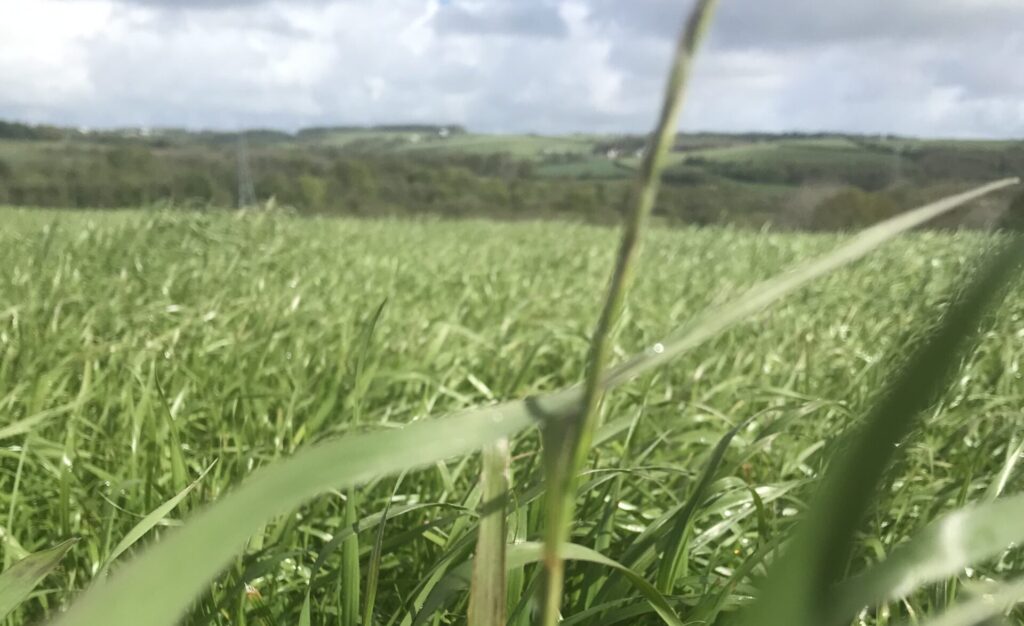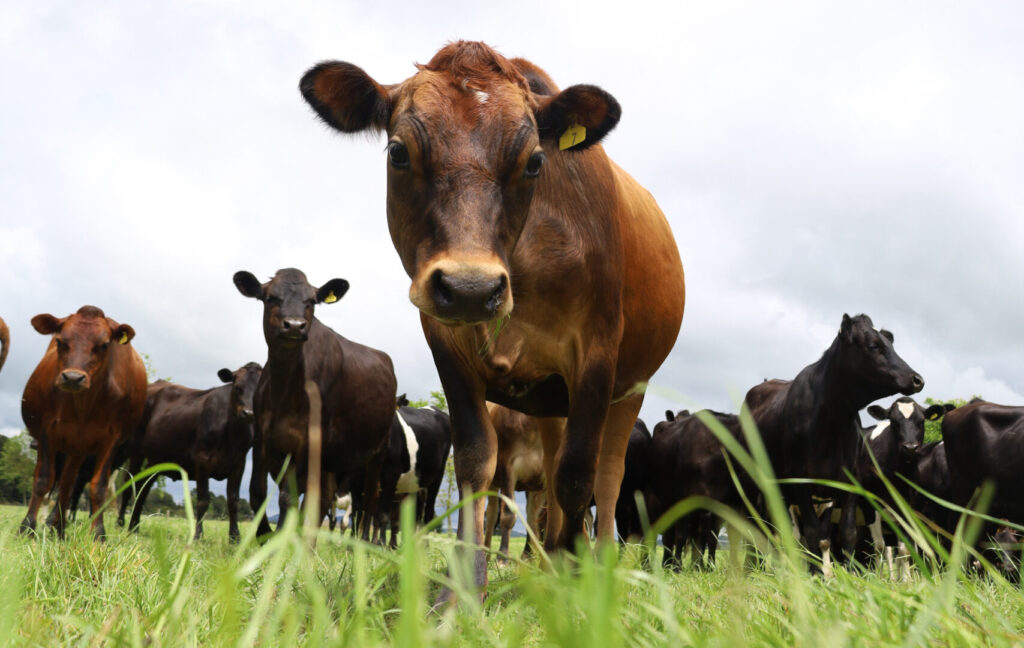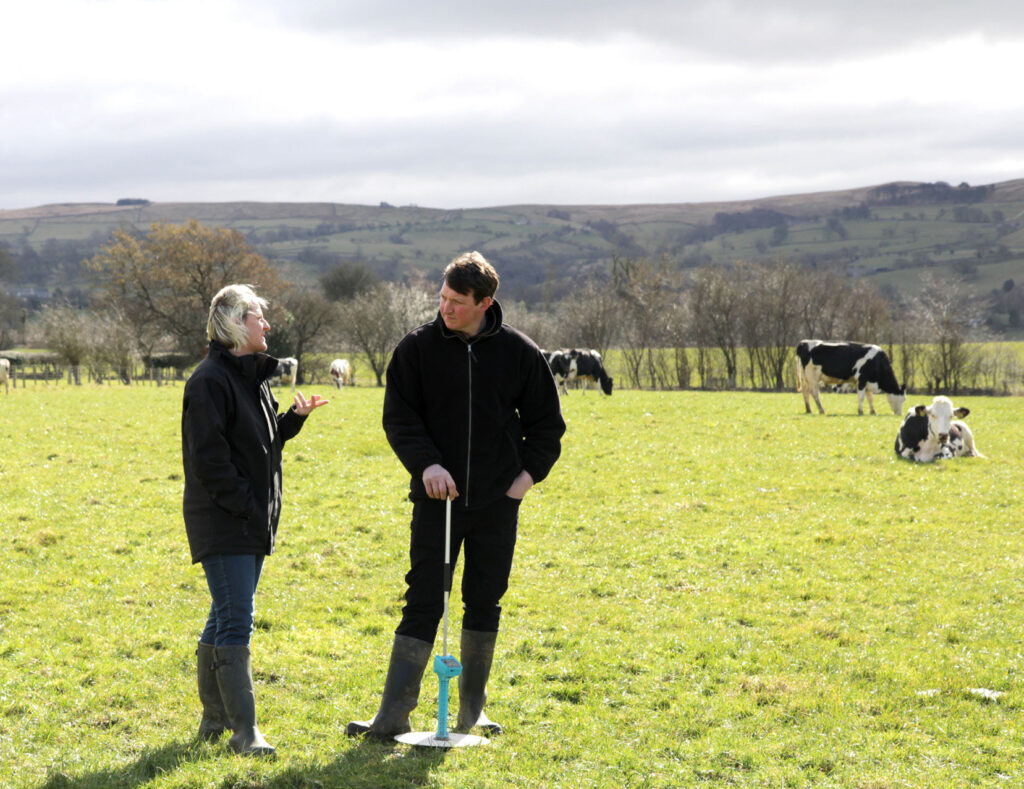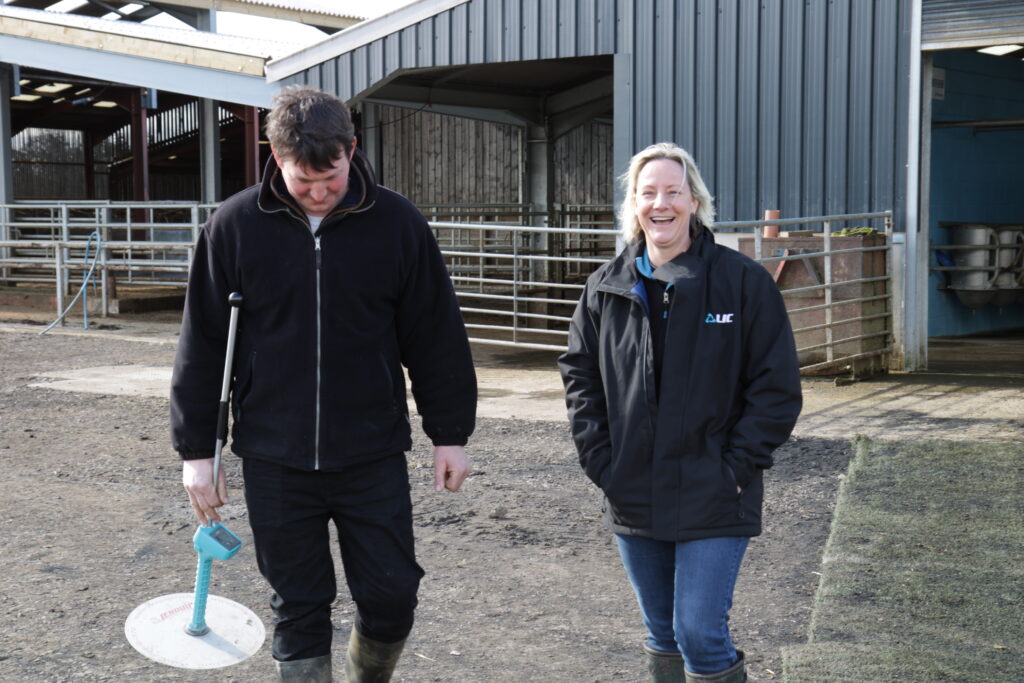Over the past two years I’ve been running a monitor farm with North Shropshire college on their Walford campus, as they made the transition from an all-year-round calving TMR system to an autumn block grazing system.
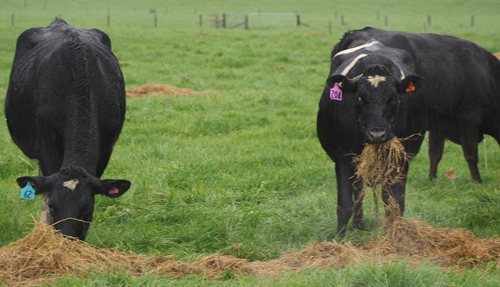
With the entire herd being mated within the autumn block this autumn, our sights are set on our next target of achieving 6000L from forage and lifting the profitability of the farm up to be within the top 10% of autumn block calving farms within the LIC CFP dataset.
These lofty goals have led us to ask whether we can graze successfully through winter. Over the past two winters we’ve been surprised by the amount of growth that’s been achieved once the farm has been shut up. Couple that to a good proportion of the farm which has lighter free draining soils, and we think it’s possible.
If we can graze through winter, we’ll be able to reduce the level of purchased in proteins and lower the level of concentrates that need to be purchased, lifting the level of forage in the diet while lowering the cost of purchased feed. To be worthwhile grazing through winter we need to be able to have at least 3 – 4kgDM of grass in the winter ration and enough growth to ensure we can meet the grass needs of a normal turn out.
To be certain there’s enough growth to enable grazing during this period, I’ll be undertaking a trial this winter. The trial will see me taking weekly pasture measurements for the farm along with soil temperatures readings. Along with the pasture measurements I’ll be simulating grazing by cutting a meter squared patch of grass down to 4cm. These cuttings will be staggered around the farm and through winter we’ll be able to see how grazing affects growth at different stages across these months.
At the end of winter, we’ll be able to see how much additional growth these ‘grazed’ patches have achieved, and how far behind the rest of the paddock they are in terms of volume. Just before the cows are turned out, grass samples will be taken from the ‘grazed’ patches and the grass surrounding them to see if there is any difference in energy, protein, sugar and other nutrients.
We already know that, unless we build covers leading into winter to meet the demand on grass, we will need to see an average growth rate of 10.7KgDM/day. While grazing will stimulate growth in perennial ryegrass, as long as average temperatures remain above 2.6 degrees (base growing temperature), this stimulated growth will not meet the level we’re needing.
The other main factor we have to overcome is ensuring that through the grazing we don’t damage the soils so there’s grass left for the spring. The paddock sizes being set up for 24 hour grazing is not going to help, but the free draining soils will offset this along with the stimulated growth. Through stimulating additional growth of say 500KgDM/ha we’ll see around 2000L/ha of water taken up in the growing process when working on 20% dry matter.
If you’re interested in the findings of this trial, please contact Sean Chubb by email on schubb@liceurope.com or join us at the next open day at Walford where details can be found or check out our Facebook page
